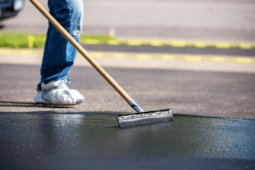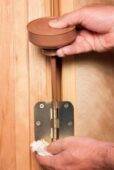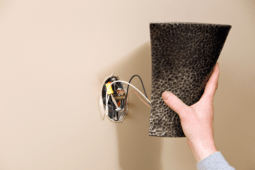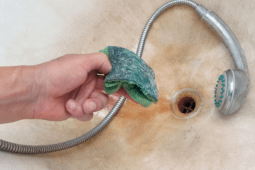What is WD40 Used For – Most Common Applications and Best Tips
In the realm of do-it-yourself and home improvement projects, one product stands out for its versatility and effectiveness: WD-40. This iconic can, with its distinctive blue and yellow design, is more than just a lubricant; it’s a tool that has found its way into the hearts and homes of DIY enthusiasts around the world. From squeaky hinges to rust protection, the question of what is WD-40 used for yields a surprising array of answers. Let’s get into the world of WD-40, exploring its uses, surprising applications, and why it’s a must-have in your DIY arsenal.
What Is WD-40 Used For Anyway?
At its core, WD-40 is a multi-use product designed to protect metal from rust and corrosion, penetrate stuck parts, displace moisture, and lubricate just about anything. Its name, which stands for Water Displacement, 40th formula, hints at its original purpose: to prevent corrosion on nuclear missiles.
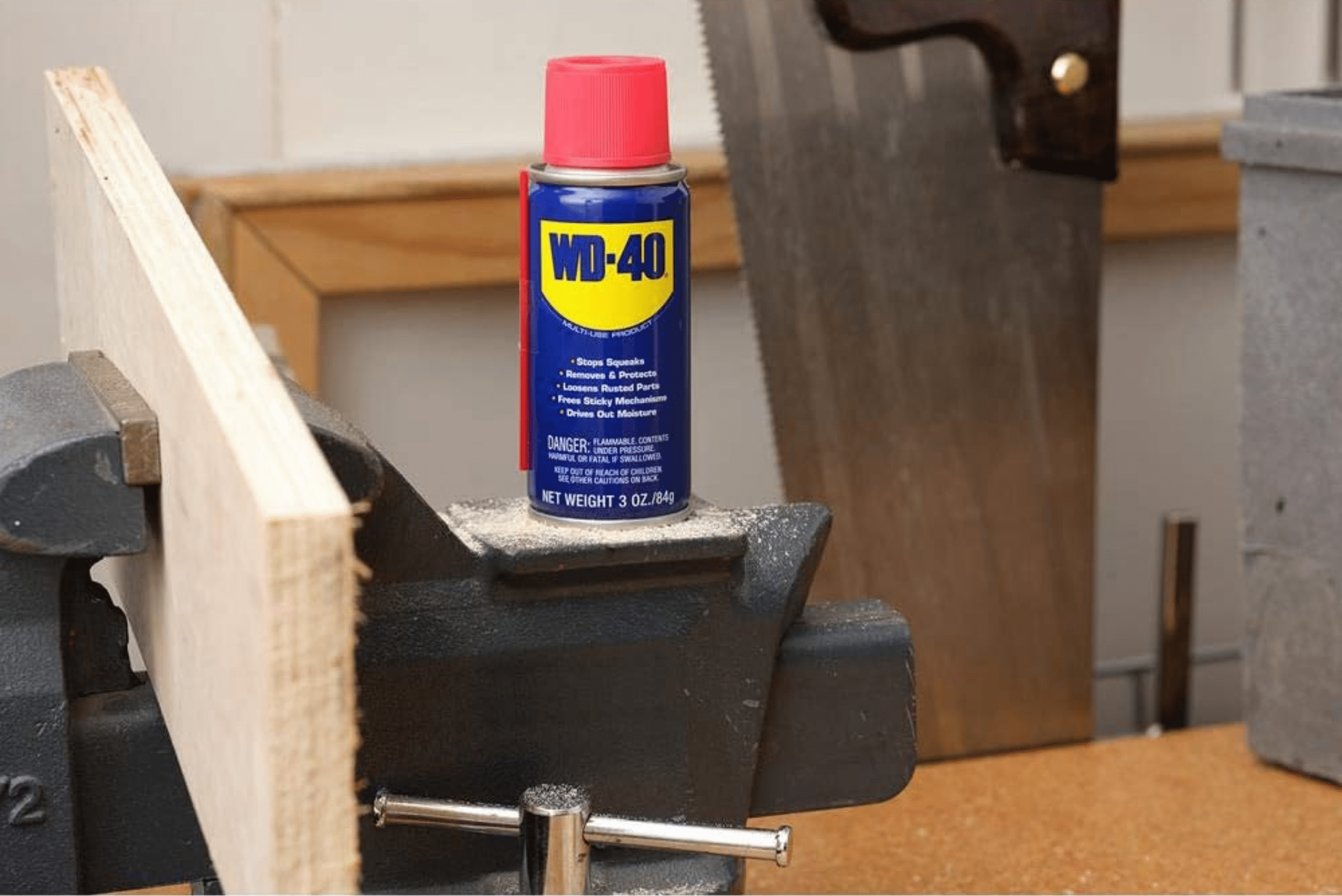
However, its use quickly transcended its initial design. Homeowners, mechanics, and DIY enthusiasts discovered its versatility. Whether it’s a stubborn bolt that won’t budge or a garden tool that’s begun to rust, WD-40 comes to the rescue. Its ability to penetrate and lubricate makes it indispensable for a broad range of maintenance tasks.
From Squeaks to Leaks – The Everyday Uses of WD-40
The magic of WD-40 lies in its simplicity. A quick spray can eliminate annoying squeaks from doors and windows, breathe new life into rusty locks, and even remove stubborn stains from surfaces. But its utility doesn’t stop at lubrication and rust prevention.
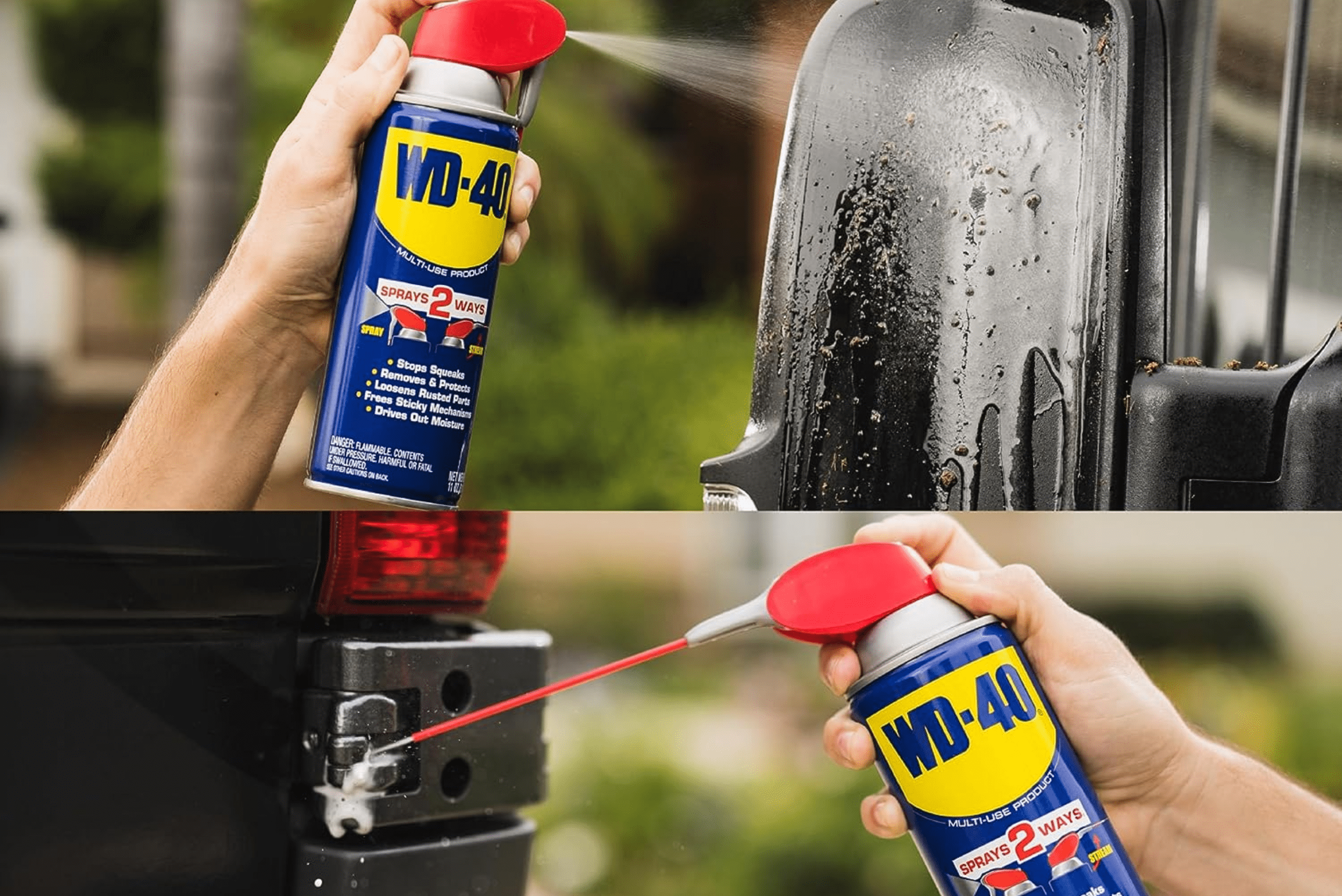
Have you ever struggled with gum stuck to your shoe or a price tag that leaves a residue? WD-40 can help with that too. It’s the kind of solution that makes you wonder how you ever managed without it. The product’s versatility also extends to protective uses, such as waterproofing boots or preventing snow from sticking to shovels during the winter months.
Thinking Outside the Toolbox – Creative Uses for WD-40
While WD-40’s practical uses are well-known, its application in creative and unexpected ways can be equally fascinating. For instance, artists have used it to create stunningly smooth and shiny finishes on their works, while gardeners spray it on their tools to keep them clean and efficient.
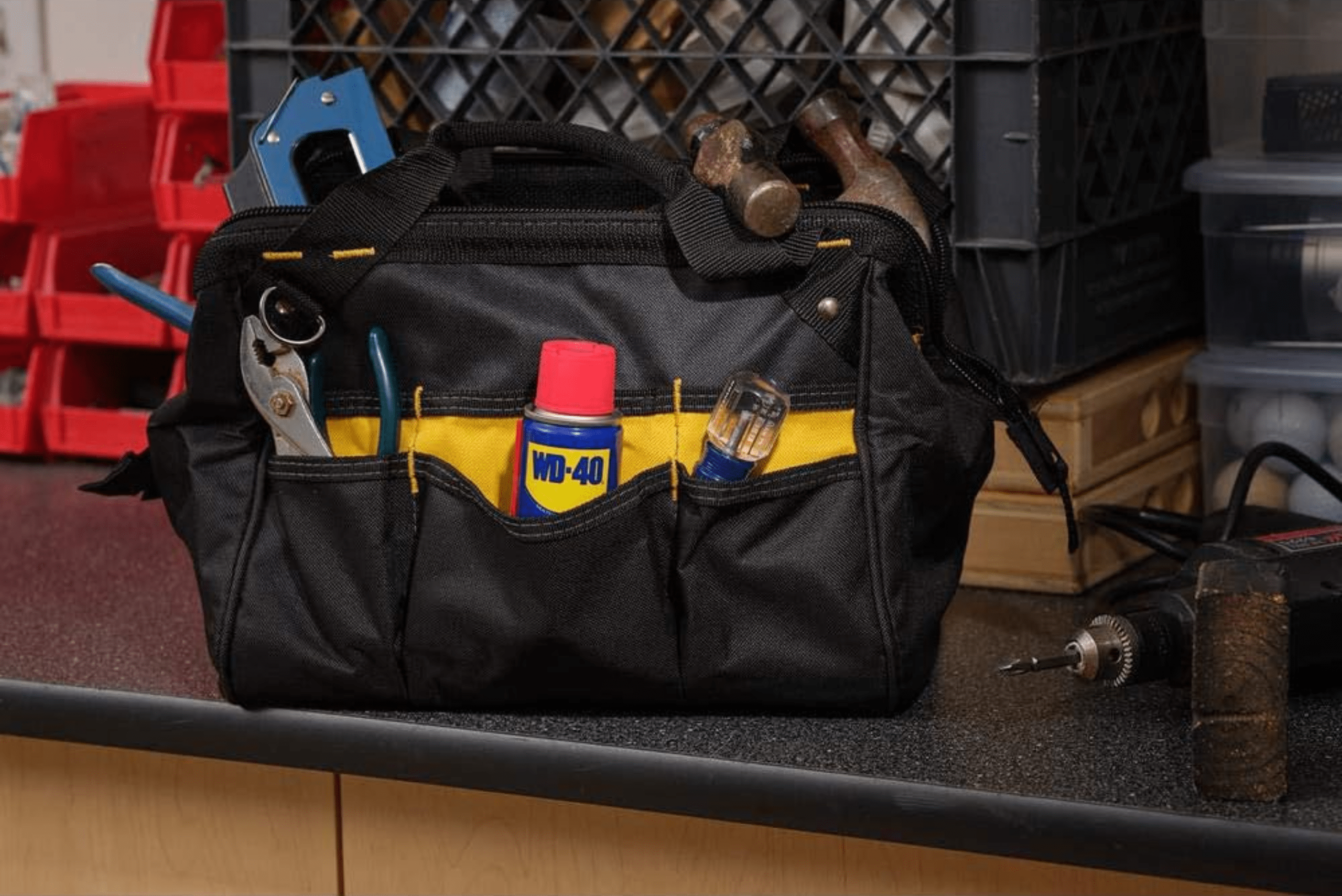
It’s even found a place in sports, with fishermen using it to attract fish by spraying a little on their lures. The point is WD-40’s potential uses are limited only by one’s imagination. It’s a testament to the product’s versatility and effectiveness across a myriad of scenarios.
WD-40 – The Secret Weapon in Your DIY Projects
For the DIY enthusiast, WD-40 is more than just a can of lubricant; it’s a secret weapon. Its ability to solve a wide range of problems makes it an essential component of any home improvement project.

From quieting squeaky hinges to removing rust from old furniture before restoration, WD-40 can enhance the outcome of your DIY endeavors. It’s the kind of tool that, once discovered, becomes a staple in your arsenal, always within reach for whatever challenge or creative project you might tackle next.
Related Articles:
- 9 Best Ways to Remove Rust From Metal
- How To Remove Oil Stains From Clothes (7 Methods)
- Repacking Trailer Bearings: Step-by-Step Guide
The question of what is WD-40 used for has a myriad of answers, each more interesting than the last. Its journey from a corrosion-preventive solvent to a household name symbolizes its versatility and efficacy. Whether you’re dealing with a stuck window, protecting your tools from rust, or embarking on a creative project, WD-40 proves to be an invaluable ally. So, the next time you face a squeak, a leak, or a rust issue, remember that the solution might just be in that blue and yellow can.
Ready to start your next project? Join our DIY community to receive tool tips, how-to guides, and exclusive creative insights. Subscribe to the ManMadeDIY newsletter now! Click here to unlock a world of hands-on inspiration.


